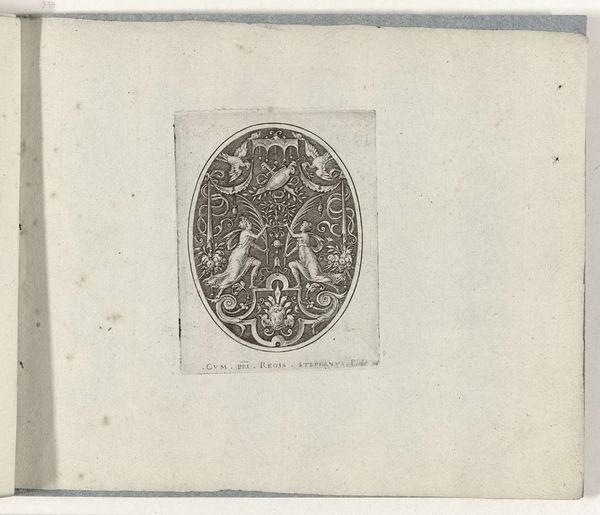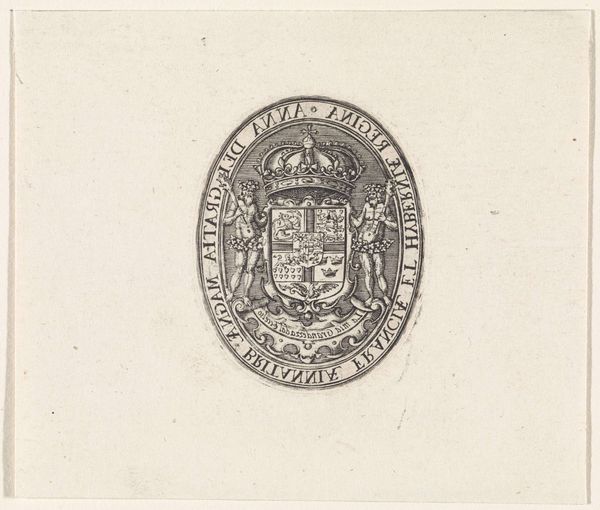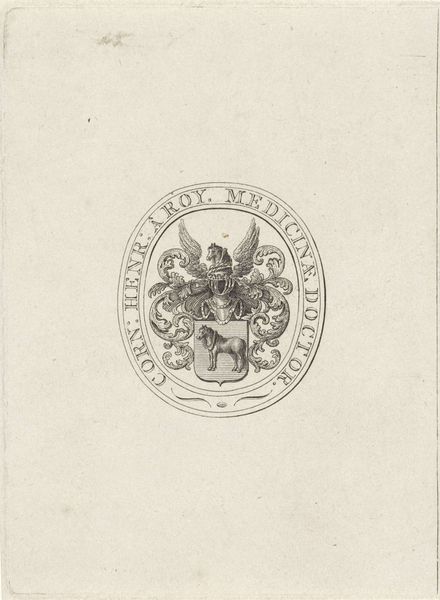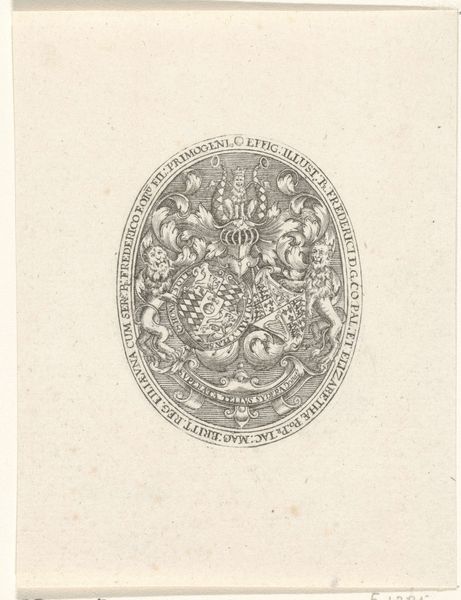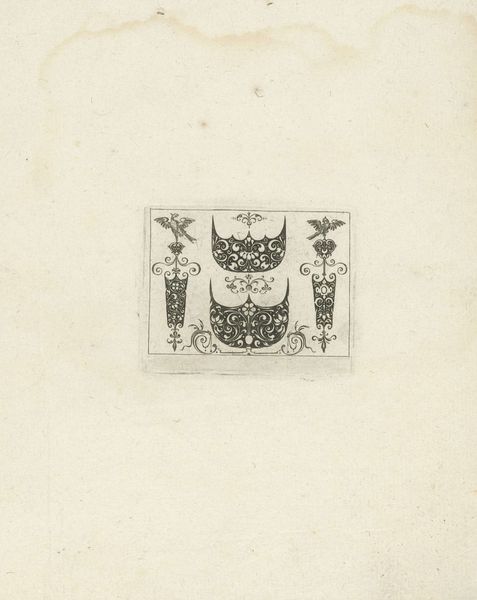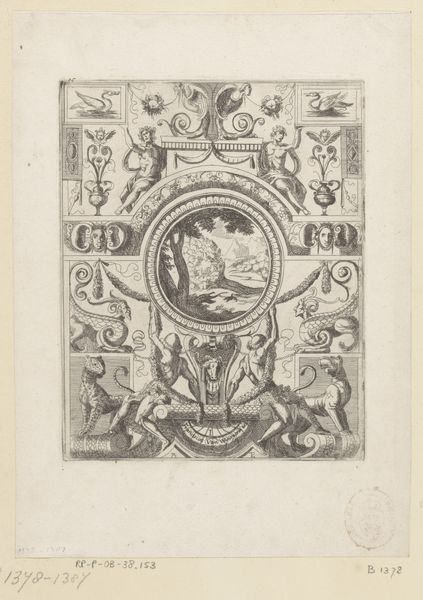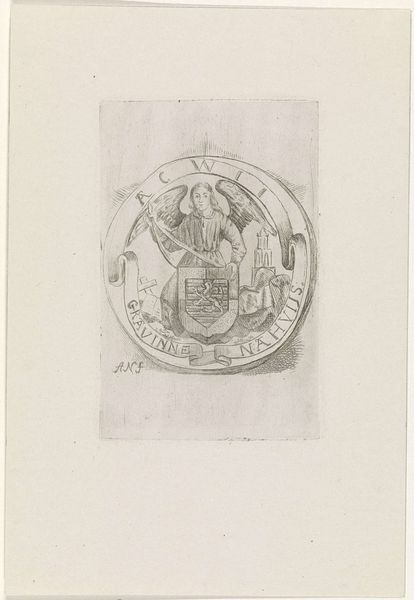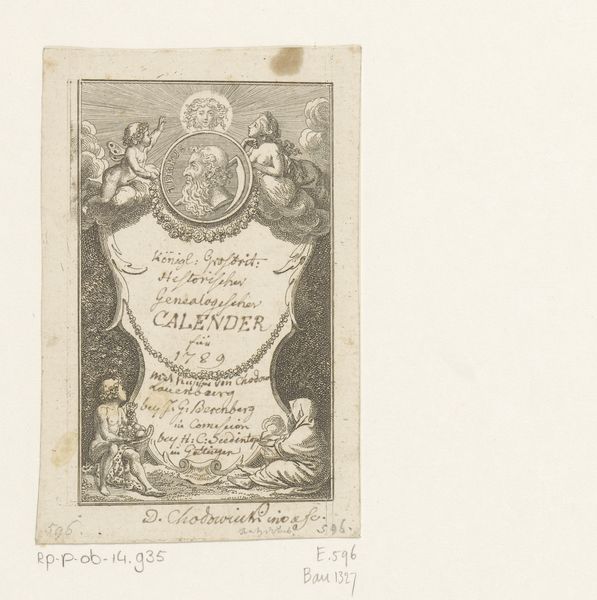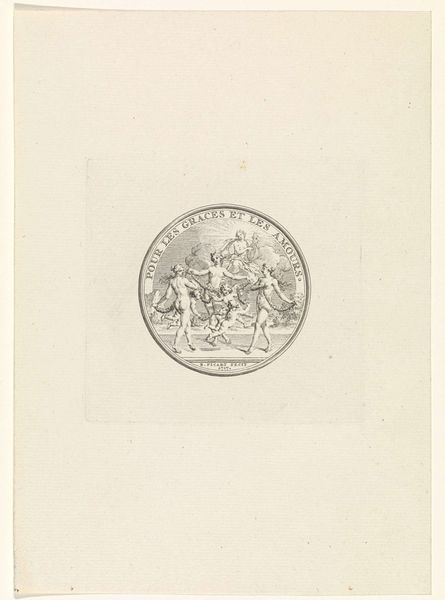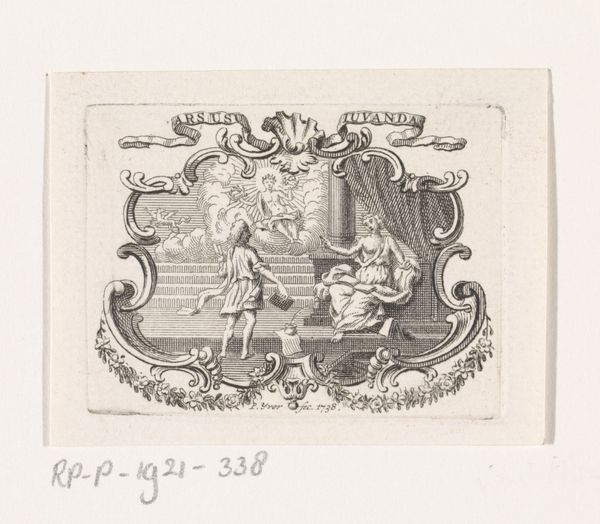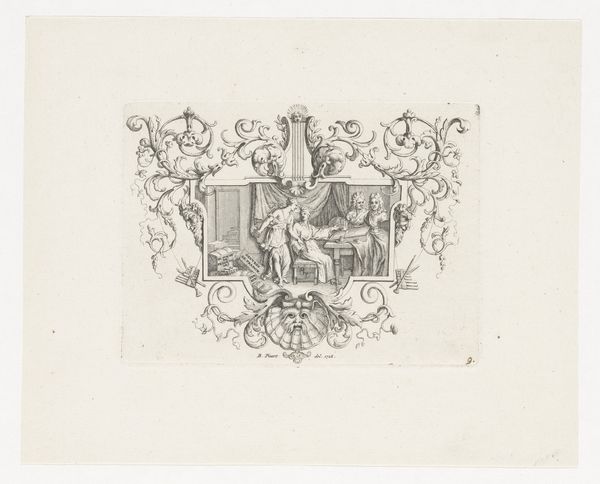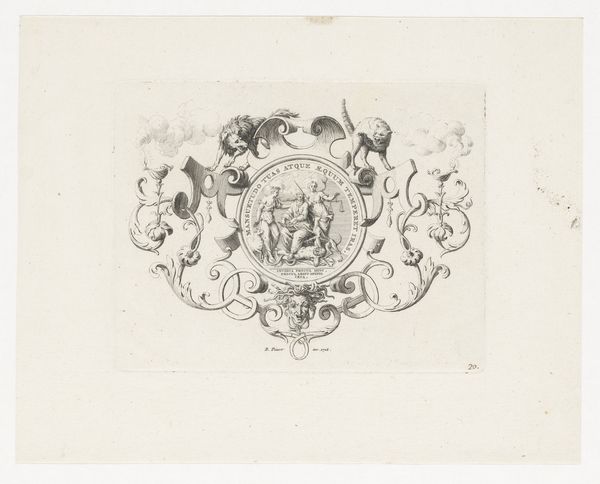
Altaar met daarop een brandend vuur, geflankeerd door twee bokken en twee vrouwen c. 1560
0:00
0:00
print, engraving
#
allegory
# print
#
mannerism
#
figuration
#
line
#
history-painting
#
engraving
Dimensions: height 152 mm, width 190 mm, height 82 mm, width 63 mm
Copyright: Rijks Museum: Open Domain
Curator: Immediately striking is the symmetry, and almost neoclassical severity, contained within this oval composition. Editor: You're right, the balanced arrangement does create a sense of order. It feels like a moment of controlled ritual frozen in time. This print, made around 1560 by Etienne Delaune, is titled "Altar with a burning fire, flanked by two goats and two women." It resides here at the Rijksmuseum. Curator: Given Delaune’s reputation as a goldsmith, this level of refined detail comes as no surprise. Notice the textures he coaxes from the engraving, especially the billowing flames versus the smooth bodies of the women and the crisp lines of the architecture. The print itself becomes a precious, meticulously worked object. How was something like this consumed? What did it mean to own it? Editor: It's interesting to consider consumption in light of this artwork. It reminds me of the deeply ingrained patriarchal structures of the 16th century. These women flanking the altar, positioned somewhat passively with goats—often symbols of masculine virility and sin, I might add—speak to prescribed roles and the suppression of female agency within societal and religious rituals of the period. Who were the viewers? I wonder if they picked up on any subversive elements, a critique of that control maybe. Curator: Subversion would likely be cloaked carefully, within the very lines and curls that gave this decorative print its currency, its material value. The labor, skill, and artistry that went into it determined it's monetary value. Consider also that prints could circulate widely, becoming powerful tools for disseminating not just artistry but ideology, controlled by various powers, religious and monarchical. Editor: Yes, it's crucial to recognize how seemingly innocuous depictions were embedded with societal messages. The print acted as a mirror, both reflecting and shaping contemporary perceptions about identity, faith, and authority. Looking at this print through a critical lens is an urgent reminder that objects—even beautiful, symmetrical ones—are never truly neutral. Curator: Indeed. This engraving allows us a focused lens for considering the dynamics of production, craft, and meaning within early print culture. Editor: Absolutely. Context allows us to decode some of the underlying narratives and challenge dominant viewpoints.
Comments
No comments
Be the first to comment and join the conversation on the ultimate creative platform.
